I have been discussing the day of atonement, which we are celebrating today, with a group of precious friends. We have been on a journey to discover the scriptural admonitions in celebrating the feasts, shedding every year more and more of the traditions of men. Here is the command for the day of atonement:
And the Lord spoke to Moses, saying: “Also the tenth day of this seventh month shall be the Day of Atonements. It shall be a holy convocation for you; you shall afflict your souls, and offer an offering made by fire to the Lord. And you shall do no work on that same day, for it is the Day of Atonements, to make atonement for you before the Lord your God. For any person who is not afflicted in soul on that same day shall be cut off from his people. And any person who does any work on that same day, that person I will destroy from among his people. You shall do no manner of work; it shall be a statute forever throughout your generations in all your dwellings. It shall be to you a sabbath of solemn rest, and you shall afflict your souls; on the ninth day of the month at evening, from evening to evening, you shall celebrate your sabbath.” Lev 23:26-32
The repeating phrase, besides atonement (which we have already examined by the ancient hebrew pictographs) is “afflict your souls.” Afflict is anah, Strong’s H6031, ayin + nun + hey. The ayin is the eye, so look, watch, shade, know or understand. The nun is the seed, so the next generation, children, continuance. The hey is the man with his arms upraised in wonder or worship, so revelation, astonishment, wonder, worship, even sighing, as we make an intake of breath when we see something amazing. Every three- letter Hebrew root has a positive spin or a negative spin on its meaning. The negative spin on anah is affliction, treating harshly, or even depression – the emotional state resulting from affliction. One of anah‘s cognate words is furrow, such as is made in the ground at planting. A furrow is a depression in the ground (or the troubled forehead). The positive spin on anah, is gentleness, treating gently. i.e.,
“Come to Me, all you who labor and are heavy laden, and I will give you rest. Take My yoke upon you and learn from Me, for I am gentle and lowly in heart, and you will find rest for your souls. For My yoke is easy and My burden is light.” Mat 11:28-30
Let us therefore be diligent to enter that rest, lest anyone fall according to the same example of disobedience. Heb 4:11
Another translation says, Let us labor to enter into that rest. And here we have the crux: we are to take a yoke upon ourselves, for a yoke is an affliction, but that yoke is the easy and light burden of learning Torah from Messiah Yeshua, and in it, finding rest, for our Teacher is gentle and lowly. And we are to labor at something, for labor is an affliction, but that labor is to enter into His rest, the rest that remains for the people of God, who believe and obey, not disbelieve and rebel.
So what is the story the ancient pictographs are painting of anah? This is my initial sense, taking all of this into account: a continual (nun) watching or close attention paid (ayin) to the Lord, who will reveal (hey) the state of our heart to us. Whether we have humbled ourselves and come to the gentle and lowly Messiah Yeshua to take up His yoke (ayin +nun, affliction) and enter into His rest … whether we have labored (ayin + nun, affliction) to enter into His rest instead of submitting to what men or the world or our flesh dictate as proper worship.
If we fast on Atonement, and call it good, have we embraced anah as we ought? Isaiah 58 has something to say about that. Let every man be fully convinced in his own mind.
celebrating the feasts 2013 sep 18
day of atonement 2012 (navigating the calendars) 2012 sep 27
global, corporate, and individual day of atonement 2012 sep 27
day of atonement and the chiastic structure of leviticus 2011 feb 23
day of atonement meditation 2008 oct 11
the prophetic proclamation of atonement and the fall feast days:
the parable of his return, part one 2009 sep 25
the parable of his return, part two 2009 sep 26
the parable of his return, part three 2009 sep 27

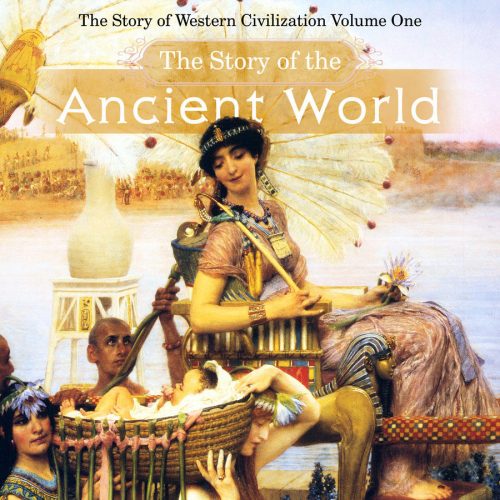
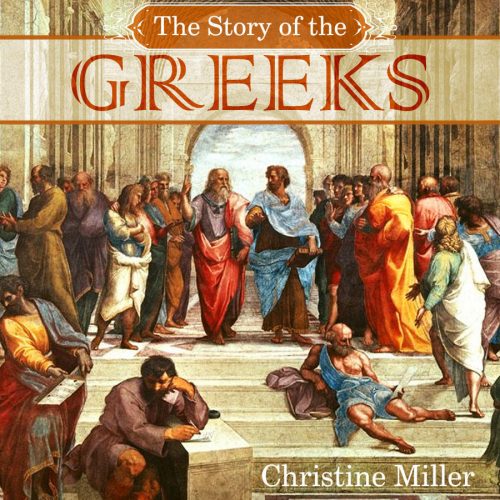
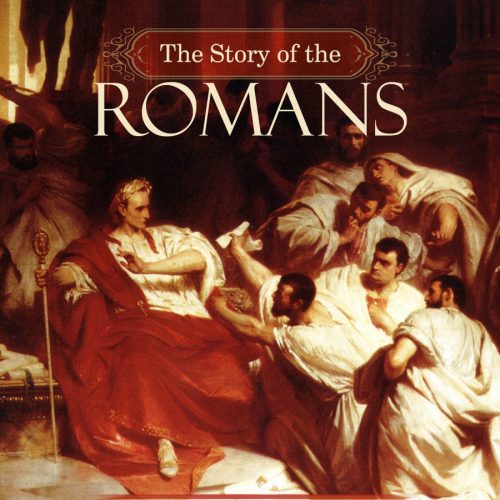

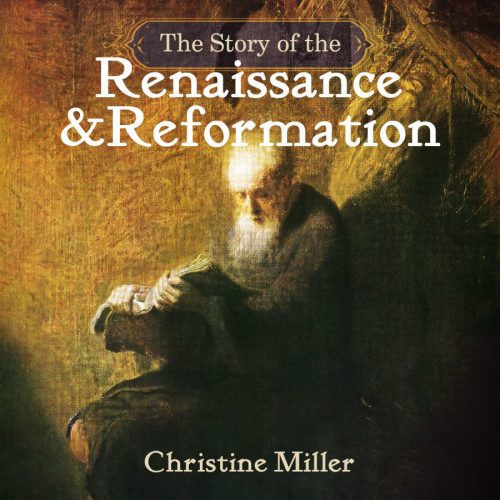



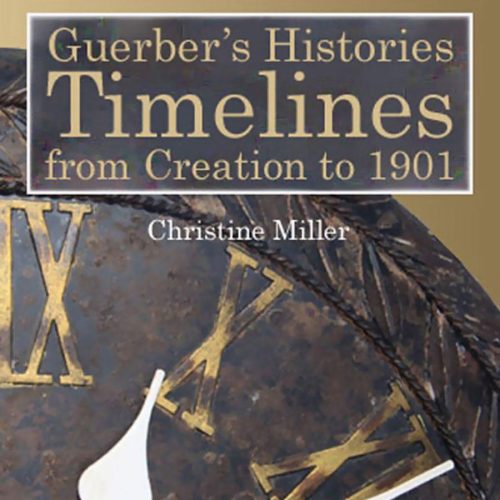
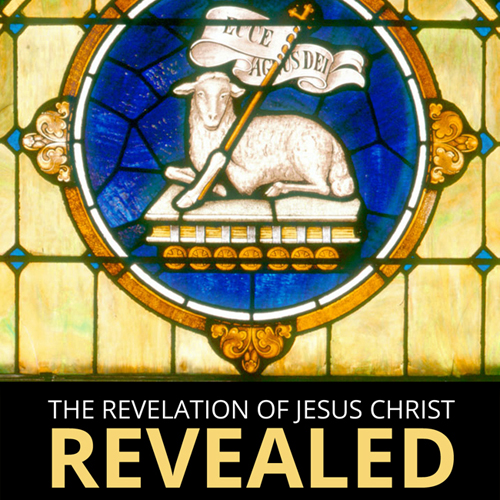


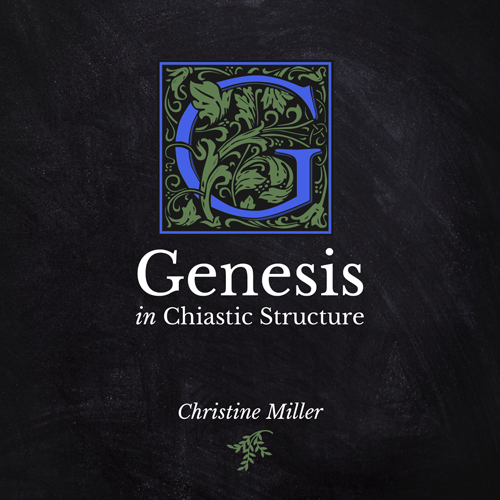
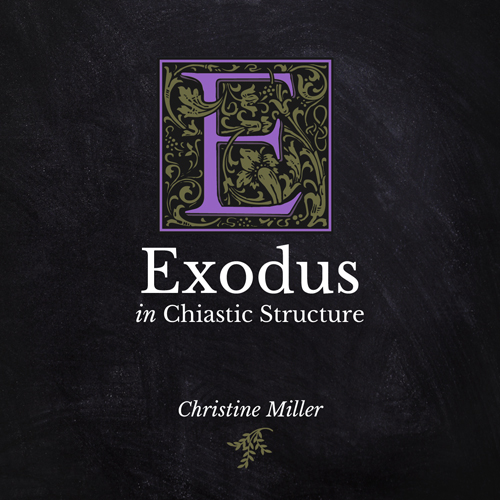
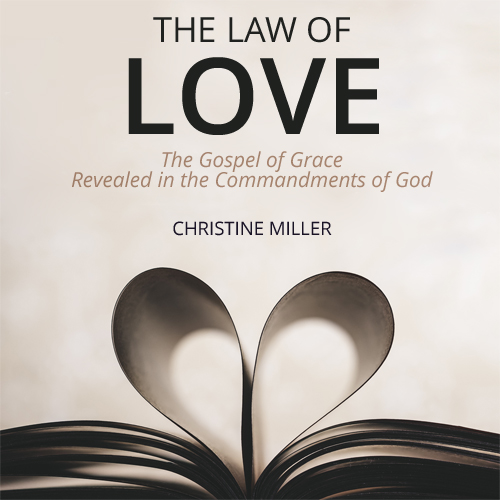
Leave a Reply